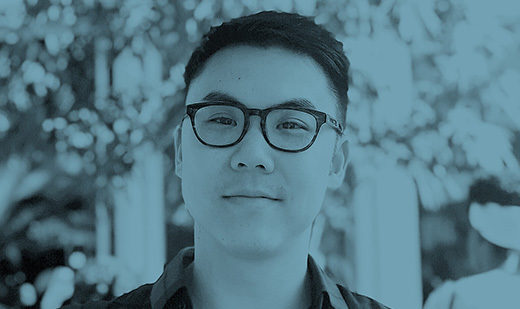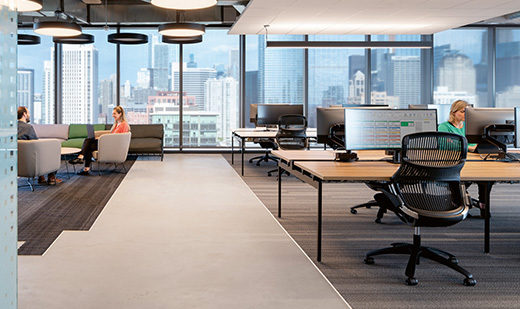In your experience, what are the biggest differences between industrial design, service design and experience (UX) design?
Service design was the biggest eye opener for me. It is the story of the brand: the touch points along the narrative, the physical space, the outfits, the language, the app, the signage, the graphics. A service designer is managing this orchestra of things. And you have to learn how to make that experience better. For me, the architecture, the industrial design, the user experience are all single touchpoints along a multi-touchpoint journey that a service designer has to figure out. The biggest change for me was when I realized that service design should probably come first—we probably shouldn’t jump into building the space or designing the clothes or creating the phone app first. Let’s step back, do the research and understand what we’re doing and then create that experience and how we’re going to engage with the client.
How do these different types of design contribute to building culture within a designated space? How do you make culture identifiable through different touchpoints?
I’ve many times tried to say that I build culture, but that’s not necessarily true. I put all the items together, and hopefully, a positive culture is built from that. I think the same thing can be said about space. You can define an old schoolhouse as four walls and a roof. And physically, it’s nothing special. But what’s interesting is that over time, a schoolhouse kind of unlocks its purpose as people level up and grow, and those individuals are transformed in that space. And so, you know, is the space a transactional or transformational space? Do you want it to be empowering? Is it community focused? Is it a safe place to be? I have to feel like I belong in this space for me to feel comfortable or let my guard down or engage with others. I think by putting all the pieces together while thinking about the overall intent, you can create a space that suggests a type of culture. But the actions that happen in the space end up truly defining what that culture ends up being.
You co-founded SHiFT, which provides design-driven immersive experiences that empower and challenge designers at different stages of their careers. Can you talk about the importance of SHiFT for helping designers develop skills outside of a formal educational setting?
It’s a mixture of engineering, artistic, and team building. And it’s flat—no one wears titles, no one knows who’s the CEO and who’s the intern, we’re all in it together. The ambiguous world of just solving problems creatively is a game changer for the way that you help others break down the barriers of their preconceived ideas of how to solve these problems. Typically, we’re out in the middle of the field trying to solve a Rube Goldberg machine or building a carnival. You learn a lot by triage by being forced to solve something quickly with whatever you have in front of you. As those walls break down, you slowly end up building this team that is full of humility and grace, less-biased decisions, and whose perception has changed not only of themselves, but of others.
You’ve taught students and you’ve led teams, how are those two types of leadership different?
It really comes down to helping them become the best version of themselves that they want to be, and for me as a manager and a leader, I need to help unlock whatever it is they want to do. From my point of view, leading a team of amazing designers at IBM or sophomores at SCAD, or Auburn, it’s similar, they all want to be an integral part to the team. Everybody wants to feel safe, that they can speak their mind and that people are going to listen. Even at IBM, I’m not the expert, I am a facilitator to make sure they are successful, and that they are heading in the right career path, and that our products are getting out the door. So for me, it’s always been this humble journey of unlocking other people’s potential.
John McCabe is the Design Manager of the Watson Studio at IBM and co-founder of SHiFT.
More to Read
This story is from Knoll Works—our annual publication showcasing how our design and spatial planning approach helps create places people love to be.










